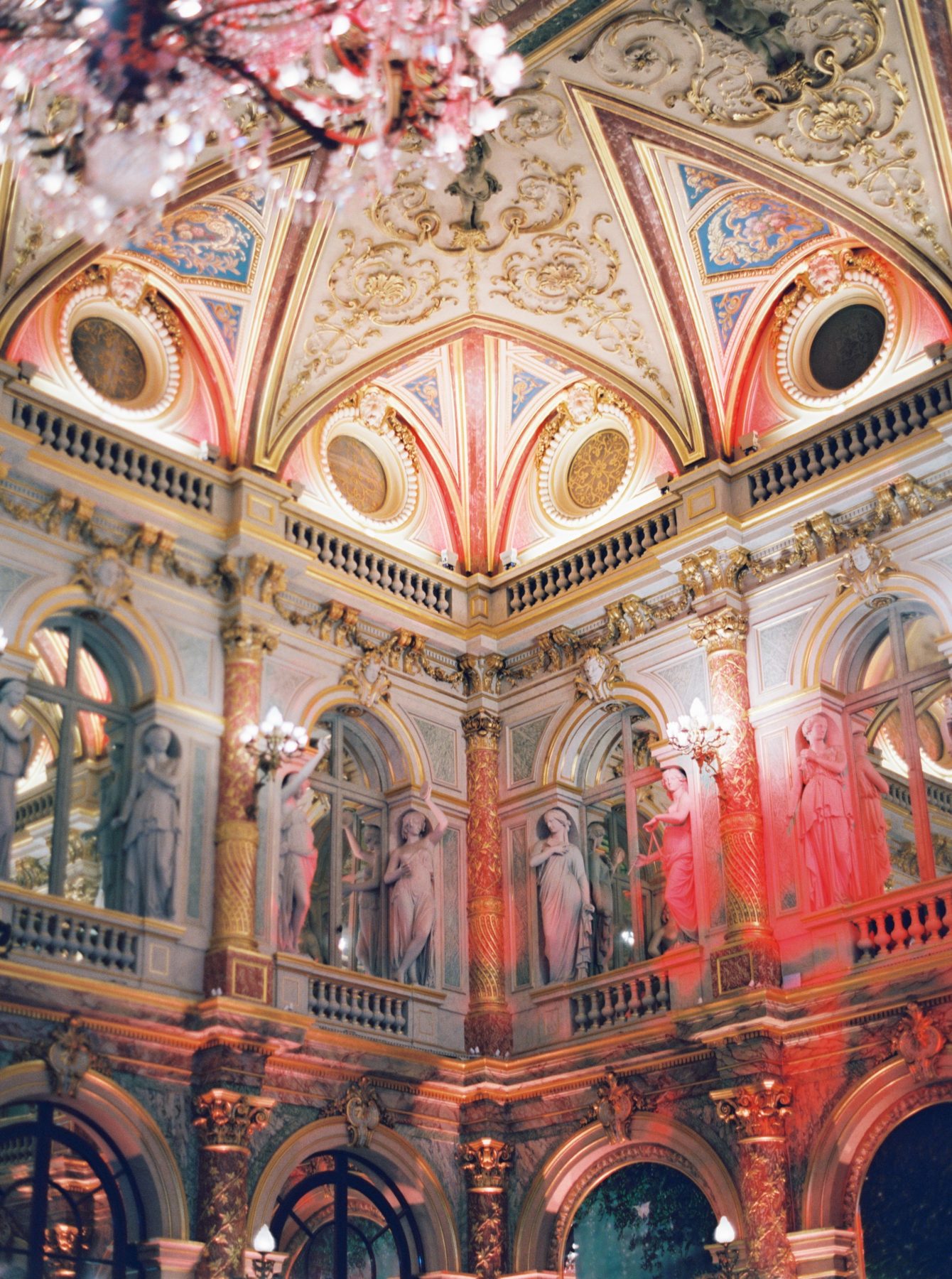LES ORIGINES DES TRADITIONS DU MARIAGE INDIEN
Il y a quelques années, j'ai eu la chance de visiter cet incroyable pays qu'est l'Inde, et de parcourir la côte du nord au sud. De Mubai au Kerala, j'ai été capturée par la beauté des gens, sans parler de la paix qui s'évapore des magnifiques temples ! Je me suis toujours demandé comment les cultures de mariage en Inde et au Pakistan étaient si riches et immenses en traditions. J'ai eu le privilège de vivre et d'organiser quelques mariages culturels. Je suis heureuse de partager avec vous la signification cachée et magnifique de ces mariages.
- Rasam Haldi : Cette tradition est suivie par de nombreuses cultures en Inde. Il s'agit d'une cérémonie pré-nuptiale au cours de laquelle la mariée et le marié sont colorés avec de la pâte de curcuma par leurs proches. La raison en est que le curcuma contient plusieurs propriétés médicinales. Une pâte de curcuma mélangée à du bois de santal protège les mariés de diverses bactéries. En outre, cette pâte donne de l'éclat à la peau pendant les festivités.
- Cérémonie de Sangeet est un rituel qui, à l'origine, n'existait que dans les mariages de l'Inde du Nord. C'est l'une des cérémonies les plus agréables avant le mariage et elle était à l'origine réservée aux femmes. Elle a lieu quelques jours avant la cérémonie du mehndi et arrive comme un moment de joie et d'amusement avant l'événement stressant qu'est le mariage. Cependant, j'ai vu des hommes participer à celles que nous avons organisées. À l'origine, la fête de sangeet était orchestrée par la famille de la mariée, mais les choses sont en train de changer. Les gens sont invités à chanter des chansons folkloriques dédiées au mariage, accompagnés d'un Dholak. Souvent, les femmes célibataires font des blagues et bénissent la future mariée pour une vie conjugale prospère.
- Mehandi: L'application de henné sur les mains des mariés est courante dans presque toutes les cultures. Elle a également lieu un jour ou deux avant le mariage. Les mariées se font tatouer le nom de leur époux au henné sur la main. La raison en est que, dans la tradition hindoue, le henné est considéré comme une herbe sacrée qui éloigne les mauvais esprits de la mariée et du marié. Il possède également des propriétés médicinales. La science moderne a également révélé que le henné contient des ingrédients qui libèrent des hormones anti-stress dans notre corps.
- Bracelets : Dans la tradition hindoue, une jeune fille suhagin (mariée) est considérée comme incomplète si elle n'a pas de bracelets aux poignets. Dans la culture hindoue, les bracelets rouges et verts indiquent que la jeune fille est mariée ou fiancée. La raison scientifique de l'origine du port des bracelets est qu'ils stimulent les points de pression présents dans les poignets des jeunes mariées et les aident à maintenir un corps plus fort pour concevoir.
- Cérémonie de l'anneau : La mariée et le marié échangent leurs anneaux avant le mariage pour témoigner de leur engagement à se marier. Les bagues pressent les veines présentes dans l'annulaire et améliorent la circulation sanguine de notre corps. Ainsi, nous nous sentons plus énergiques et plus positifs dans la vie. La mariée jette du riz au-dessus de sa tête : les filles indiennes sont considérées comme l'incarnation de la déesse Lakshmi, divinité de la richesse et de la prospérité. Ainsi, lorsque la mariée part pour la maison de son mari, elle jette du riz au-dessus de sa tête pour signifier qu'elle bénit sa famille en lui apportant richesse et prospérité.



